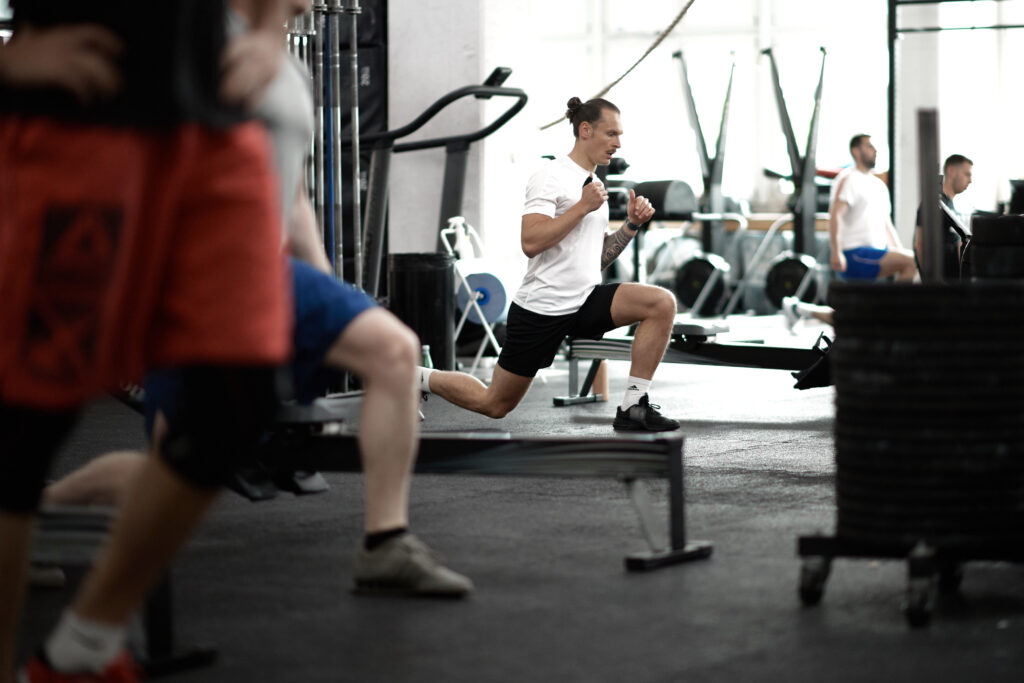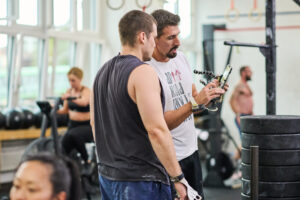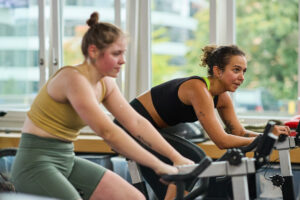
We’ve all felt it—that stiff, achy feeling in your legs after a hard squat session, or the inability to lift your arms overhead the day after a pull-up-heavy workout. For many people, workout soreness becomes a badge of honor, a sign that the training “worked.” But here’s the truth: soreness is not a reliable measure of a good workout.
In fact, if you’re constantly chasing that sore feeling, you might be doing your body more harm than good. Let’s explore why workout soreness happens, what it actually tells us, and what really defines an effective training session.
What causes workout soreness?
The muscle soreness you feel 12–48 hours after a workout is known as DOMS (delayed onset muscle soreness). It’s a natural response to unfamiliar or intense exercise, particularly eccentric movements—where the muscle lengthens under tension (think lowering weights or descending stairs). Tiny microtears in the muscle fibers cause inflammation, resulting in that tight, painful sensation.
While workout soreness can be a sign that your body is adapting to something new, it’s not a direct measure of effectiveness, intensity, or progress.
Why workout soreness is not a good indicator of workout quality
1. You can be sore without making progress
Soreness is more closely tied to novelty and high volume than to gains in strength or fitness. You can switch exercises every week or do too much volume and feel sore—but that doesn’t mean you’re improving. In fact, constantly seeking soreness can interrupt consistency and delay recovery.
2. No soreness doesn’t mean no results
A well-structured training plan emphasizes progressive adaptation. As your body adjusts to regular training, you may feel less sore—but that’s a positive sign of improved recovery and efficiency. You’re getting stronger, not weaker.
Elite athletes don’t chase workout soreness. They chase performance. You should, too.
3. Persistent soreness can be a red flag
If you’re always sore, you’re likely not recovering well. Constant muscle soreness can indicate overtraining, inadequate sleep or nutrition, or poor programming. It can lead to fatigue, injury, and eventually burnout.
A smart training plan balances stress and recovery. You should be able to train consistently without being wiped out for days.
When workout soreness is normal—and what to do about it
Workout soreness isn’t always bad. It’s common when:
- You try a new movement or training style
- You return to training after a break
- You increase volume or intensity significantly
In these cases, soreness can simply reflect that your body is adapting. But it should be short-lived and not debilitating.
What we tell beginners about workout soreness
At our gym, we always explain to beginners how to approach soreness. It’s totally normal at the beginning—but it shouldn’t be feared. The key is this: don’t stop moving.
We encourage our new members to come to training even when they’re sore. Once warmed up, most people feel completely fine and can train normally. If not, we adjust and make it a lighter session focused on movement and recovery.
The worst thing you can do is avoid training because you’re sore. Movement increases circulation, reduces stiffness, and actually helps your body recover faster. In most cases, it’s better to keep moving than to rest completely.
What is a good measure of an effective workout?
If workout soreness isn’t the answer, what is? Here’s what you should look for:
1. Progressive overload
Are you lifting more, moving better, or completing more reps over time? That’s a sign of progress.
2. Training consistency
Are you showing up regularly, feeling good, and staying injury-free? That matters more than short-term intensity.
3. Improved performance
Are you faster, stronger, more mobile, or more coordinated than you were a few weeks ago? Performance gains are more reliable than muscle pain.
4. Good recovery and energy
Do you feel energized after your workouts instead of drained? That’s a great indicator that your body is managing the training well.
5. Sustainable habits
Is fitness becoming a part of your life—not something that leaves you limping or needing recovery days every time? That’s long-term success.
What to focus on instead of workout soreness
Let go of soreness as your benchmark. Instead, aim for:
- Structured programming with progression and intent
- Clear fitness goals, whether strength, endurance, or skill-based
- Movement quality and proper technique
- Daily recovery habits: sleep, hydration, nutrition, and mobility
- Showing up consistently, regardless of how you feel
Progress comes from repeating the basics consistently, not from grinding yourself into the ground. Soreness is easy to achieve. Progress is harder—but more meaningful.
Final thoughts
So, is workout soreness a sign of a good workout? Sometimes—but more often, it’s just a side effect of doing something new or too much, too soon. It’s not a reliable way to measure improvement, fitness, or training quality.
If you’re sore after training, it doesn’t mean you did something right. If you’re not sore, it doesn’t mean you didn’t.
Focus instead on consistency, progression, and performance. Trust your program. Trust your body. And above all—keep moving.




